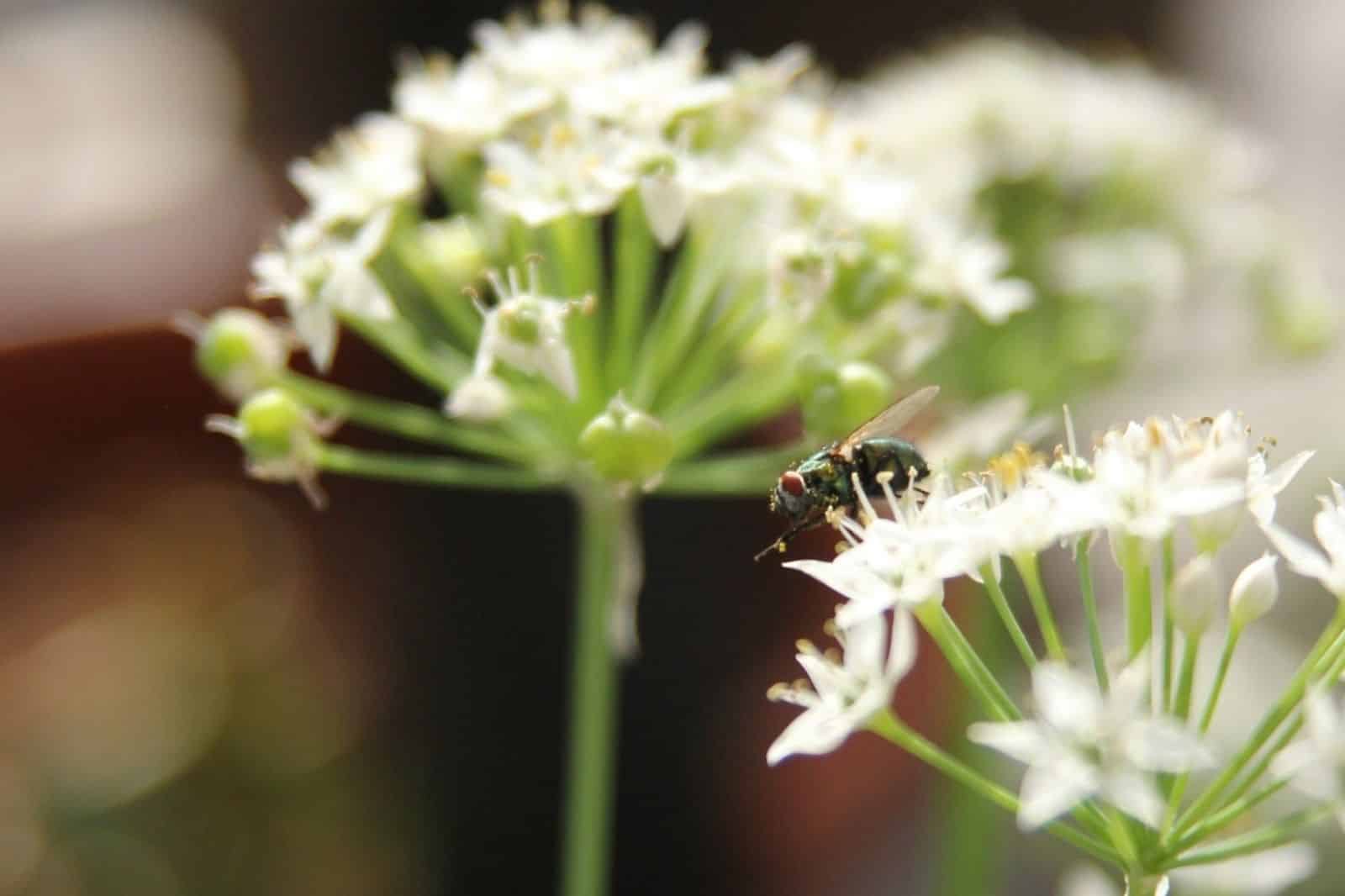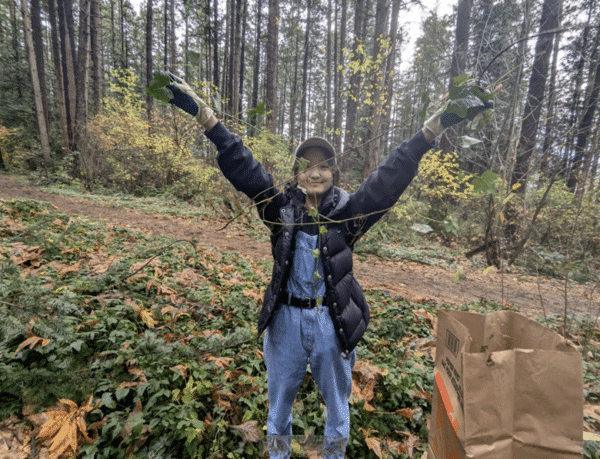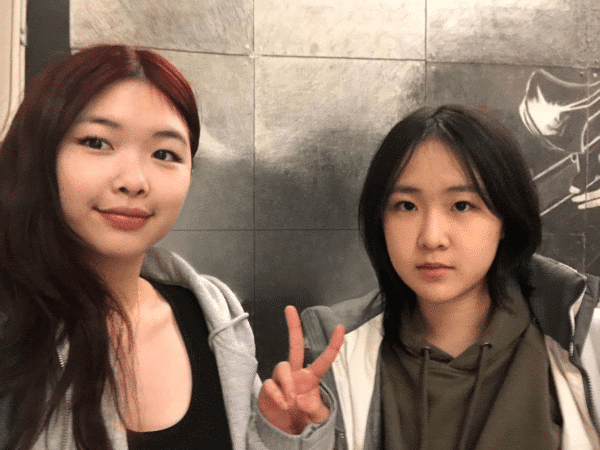Published April 13, 2022
Author: Keyaan Vegdani, ISCBC youth volunteer
Growing a home garden can be instrumental in creating a welcoming and relaxing household environment. It may also provide you with a source of organic fruits and vegetables. However, did you also know it can help provide a home for many native pollinators? Whether you are interested in growing your first garden or can’t wait to start planting this spring, here are five tips to attract native pollinators to your garden.
Tip Number 1: Look out for native solitary bees
Although European honeybees are not native to North America, there are a variety of solitary bees that call our land home. Solitary bees are unique and don’t live in a colony with others; they are also extremely efficient and great pollinators. These bees are essential to taking any garden to the next level. These solitary bees are also very friendly and aren’t prone to stinging humans.
Tip Number 2: Choose plants that attract these pollinators
Creating a solid foundation is key to developing a flourishing hive of wildlife. First, choose plants that have a long bloom time, over the course of the spring and summer. These plants should also have a lot of variation where there are different colours, sizes, and shapes to attract the largest variety of pollinators.
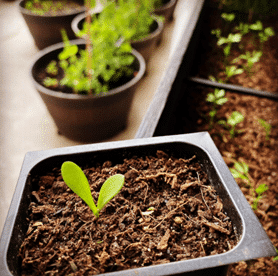
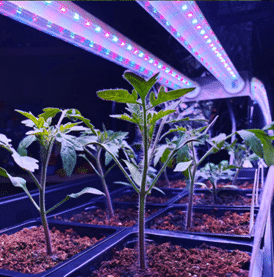

Tip Number 3: Create a nesting site for bees
Pollinating is hard work, and at the end of a hard day, your pollinators may be tired. To help them out you can create a sustainable nesting site where they can relax. For example, you can create or buy a mason bee house with nesting tubes, such as the one seen to the right. Use materials like wood and untreated cardboard. Stay away from plastics that could cause damage to your pollinators!
Tip Number 4: Do not plant invasive species
One way to ruin the synergy and growth of your garden is to plant invasive species. They may proceed to take over many of your other crops, and can cause damage to pollinators. Furthermore, invasive plants can limit the food sources of specialized native pollinators that may only visit certain native plant species.
When choosing what to grow, make sure you look for the safest option for the environment. For example, instead of planting the invasive species Babies’ breath or Mountain bluet, grow Sea lavender, which naturally attracts pollinators and helps your garden flourish. Check out the Grow Me Instead Guide to find pollinator-friendly alternatives for your garden and the new How to Take Action guide ‘Design an Invasive Species Free Garden‘.
Tip Number 5: Be careful when cleaning up your garden
As we now know, pollinators like to take breaks, and over the winter they may choose to nest in areas of your garden. This means that when you go to clean up your garden during these months it is important to be smart and attentive. What you see as garden debris may just be a pollinator’s shelter from the cold.
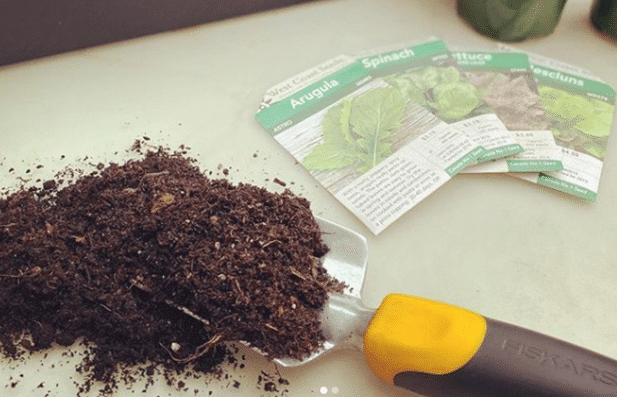
Now that you are armed and ready with information on how to attract pollinators to your garden, get out there and grow something truly special!
Share


